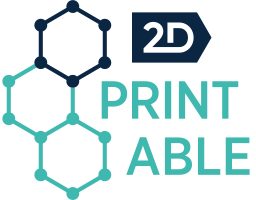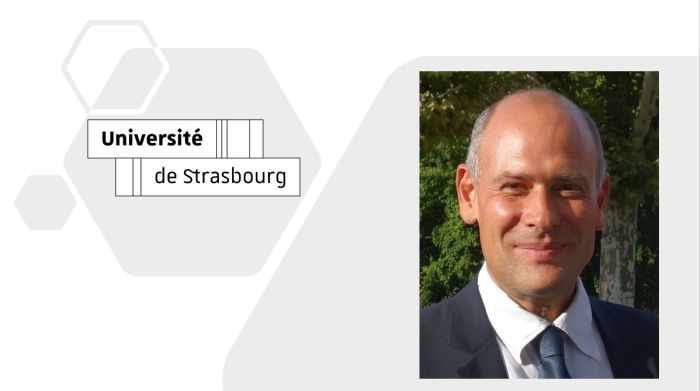My name is Paolo, I am a chemist, educated in Italy and Germany, at the very interface between chemistry and physics. My research interests are very broad and cross-disciplinary, focusing on the use of (supra)molecular strategies to develop multifunctional materials and devices to tackle global challenges. In this context 2D materials have emerged as perfect platforms, in view of their unique properties, to generate new fundamental knowledge that can be highly relevant for technological applications. We are located in the heart of Europe, the Institut de Science et d’Ingénierie Supramoléculaires (ISIS) of the University of Strasbourg. It is a highly stimulating center of excellence with a research focus that spans from molecular biology to quantum physics. Of course in between them, there is chemistry! In our institute well-established world leaders are working in a truly international environment with 38 nationalities being represented out of 160 people. In my research group we strive for diversity in terms of (i) topic as we have broad scientific interests and endeavours and we combine fundamental with more applied research, (ii) gender thanks to a good male-female balance, (iii) competence as the group combines chemists with engineers and physicists, and (iv) geography as 8 nationalities are represented out of ca. 20 people. Within 2D-PRINTABLE, we target at developing multifunctional printed devices for disruptive opto-electronic technologies of tomorrow.
- What was your original motivation to become a researcher?
I was simply very curious about what was happening around me, in nature. Being a researcher is above all a privilege since we are allowed to express our own creativity, identifying key interesting questions and defining the path to answer them by trying to discover the unknown and by developing new knowledge thereby boosting science and technologies towards new nouveaux horizons.
- What is your (main) research area today?
We develop novel nanomaterials and dress them with ad hoc molecules possessing by design specific properties with the goal of realizing multifunctional and multiresponsive hybrid structures which can be used to address some among the key challenges our society is forced to tackle in terms of energy storage and generation, environmental monitoring, water purification, health monitoring, quality of life, etc.
- What is the main objective of your team in 2D-PRINTABLE?
By exploiting our strong cross-disciplinary competence on chemistry at its interfaces with physics and engineering, in 2D-PRINTABLE we innovate on chemical strategies to create networks and heterostructures starting from novel 2D materials, we process these new hybrids, perform multiscale characterization to unravel their physico-chemical properties, and fabricate prototype of (opto)electronic devices, with a particular focus on the multi-responsive ones, that can be key for beyond-Moore applications.
- What expertise and facilities does your team have to meet those objectives?
Beside a very strong and wide background in chemistry, we have developed over the years knowledge in the fabrication and testing of multifunctional and high-performance (opto)electronic devices. We are equipped to tackle the big challenge of controlling properties of hybrid nanosystems and fabricate devices under different environmental conditions. The largest arsenal of equipment for compositional, morphological/structural, spectroscopical, electrochemical and electronic characterization we have available are key also since the recruited Post Docs and students will have the opportunity to broaden their skills on new techniques.
- Which aspects of your research at 2D-PRINTABLE do you believe are the most innovative and what unique opportunities offer 2D-PRINTABLE to yourself and/or your organisation?
Our unique competence allows us, more than many other teams working on 2D materials, to make major step forward in the realization of devices that can express multiple functionalities, in the context of more-than Moore technologies relying on functional diversification. We will us such strategies to generate printed multi-responsive devices for novel display and memory technologies.
- How do you see the future use of the 2D-PRINTABLE results and the impact of 2D-PRINTABLE project in our daily lives?
The 2D-PRINTABLE activity will be instrumental towards the development of new knowledge on the production of unprecedented functional 2D inks with tailored properties, their printing in ultrathin network and multicomponent heterostructures, enabling the emergence of next-generation printed electronic devices. On the long term, the ground-breaking work carried out within 2D-PRINTABLE will have a clear impact in enhancing the quality of our lives offering new electronic tools for health monitoring, displays and non-volatile memories with enhanced performance, enhanced energy generation devices, etc.


